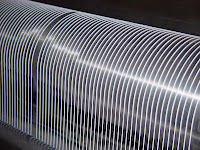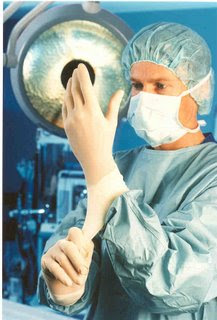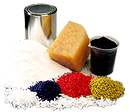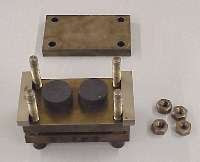JW Latex Consultants (and Rubber Consultants,乳胶顾问) offer solutions to your
problems in Natural Rubber latex and Synthetic Rubber latex processing and the manufacturing of latex products (condoms, catheters, medical gloves, baby teats and soothers, toy balloons etc) Quick answers through e-mails are possible at reasonable cost.
__________________________
This Site Is Best Viewed With Mozilla Firefox Browser. If You Are Viewing With Internet Explorer, It Is Advisable to Switch to Mozilla Firefox By Going to This Link -> http://www.mozilla.org/en-US/firefox/new/
It Is Free to Download
__________________________
Send Your Enquiry and Orders To: woonsungliang@yahoo.com.sg
 Problem Solving Through E-Mails with John Woon Latex Consultants Is Possible
Problem Solving Through E-Mails with John Woon Latex Consultants Is Possible
可以通过电子邮件与JW乳胶顾问来解决问题

__________________________
Please kindly donate to support the maintenance of this site. We'd appreciate it very much.
__________________________
__________________________________________________________________________
Delamination Problem of Latex Dipped Products
Manufacturer: Our latex dipped products entail more than one latex dip. We occasionally encounter delamination problem that can result in a very high rejection rate. Can you please show us the major factors that could lead to delamination?
John Woon (Senior Latex Consultant): You could look into the following as a start:
1) Freshly gelled latex films gives better bonding than latex films that have been left to dry for some time.
2) Too high an ambient temperature or oven temperature would result in the latex film being too dry.
3) Non-rubbers either naturally occurring or from the dipping process such as the coagulant or added during compounding could migrate to the surface of the latex film which could interfere with proper film to film integration. The main culprit is the insoluble calcium soaps.
4) Too advanced a cure stage (too high a cross-linking density) could lead to poor coalescence of latex particles due to restriction of the mobility of the rubber molecules at the interface of the two latex films.

Gamma Radiation vs Ethylene Oxide As The Sterilsation Media For Medical Products
Manufacturer: We have been using ethylene oxide and steam to sterilize some of our medical products. However we were advised to switch to Gamma sterilization. Your comment on this would be appreciated especially why Gamma is superior to ethylene oxide.
John Woon (Senior Latex Consultant): While gamma sterilization is based on radiation, ethylene oxide is a highly flammable gas. Ethylene oxide sterilization process also requires a period of post-sterilization aeration to remove toxic residues. On the other hand, no post sterilization process is required for gamma sterilization since there is no residual materials to be worried about.
Gamma sterilization is safe, clean and very effective. The products in their final packagings need only a matter of hours of exposure before they are ready for the market place. Gamma radiation is an electromagnetic energy from a Cobalt-60 source that could deactivate micro-organisms.
Unlike steam and ethylene sterilization which are dependent on parameters such as vacuum pressure, relative humidity and temperature, gamma sterilization depends only one parameter, namely the exposure time.

Use Of Diphenyl Guanidine in Latex Foam Products
Manufacturer: We are manufacturer of latex foam products. Please tell us more about DPG in our compounding system. Why is it an important ingredient?
John Woon (Senior Latex Consultant): DPG stands for Diphenyl Guanidine and is a long established accelerator in the dry rubber industry. It is mainly used as a booster for thiazoles such as MBT, ZMBT and MBTS especially when a higher modulus is required.
It is sometimes used as a peptizer in sulphur-modified polychloroprene.
When used in your latex foaming process, DPG acts as a strong secondary gelling agent and is also referred to as "foam stabilizer". It's primary function is to prevent the collapsing of the latex foam structure before the vulcanizing and drying process of latex foam products such as pillows and mattresses.



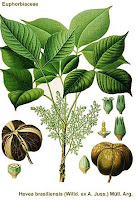






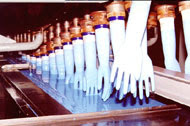



















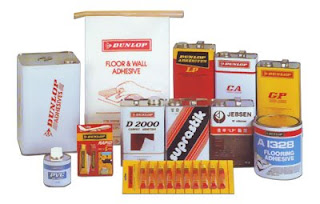
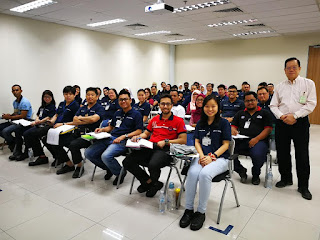








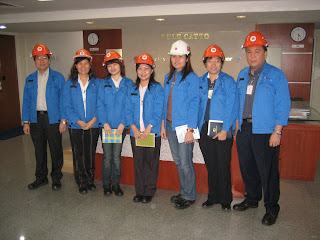
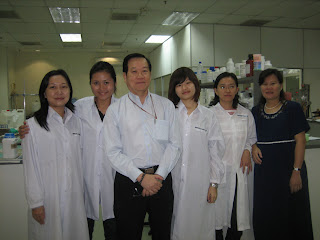
.jpg)
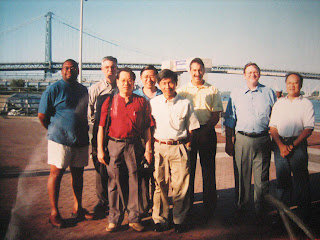.jpg)


.jpg)
.jpg)
.jpg)
.jpg)
.jpg)
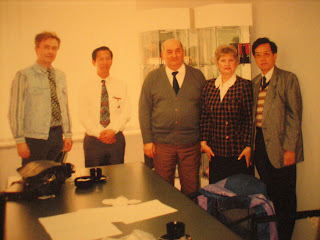.jpg)
.jpg)
.jpg)
.jpg)
.jpg)
.jpg)
.jpg)
.jpg)
.jpg)
.jpg)
.jpg)
.jpg)
.jpg)






